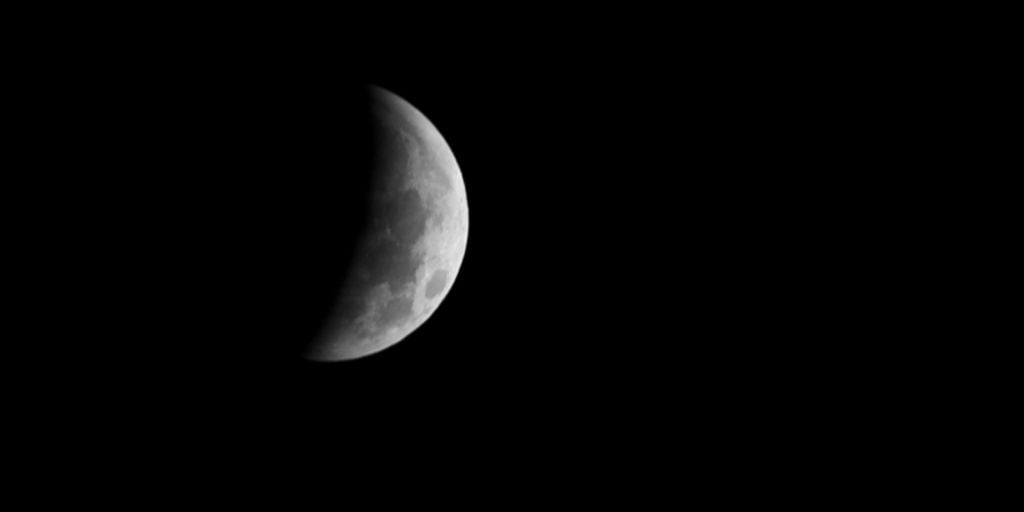
A rocket booster launched by SpaceX in 2014 is headed on a collision course to the moon in March. It is unknown precisely where the rocket will crash into the lunar surface, but it is expected to be on the far side of the moon, not visible from Earth. Its orbit is slightly chaotic and perturbed by solar winds and gravity variations.
“A crater formed by the rocket smashing into the moon’s exterior offers an opportunity to study the composition of deeper layers,” Bill Gray told MetaStellar. He is the developer of Project Pluto, software used to calculate the orbits of asteroids and comets. Gray’s specialty is tracking rocks that will hit our planet. His observations may help avert a catastrophic event with a near-earth object.
Gray predicts that the collision will occur on March 4, 2022 at 7:25 a.m. Eastern time.
There are no safety concerns, and astronomers like Gray hope that an impact will occur. The crater is predicted to be 65 feet deep, exposing material that scientists can study.\
Besides the rocks hurtling towards our world, there are thousands of pieces of space debris that get a lot more attention than the ones aiming for our moon. There was no intention of directing the booster towards the moon. The booster was discarded, as happens with many multi-stage launch vehicles. Decade’s worth of space vehicles was launched with no one paying any particular attention to where the boosters go afterward.
When it does hit the moon, the rocket will be just another piece of man-made junk left behind in our exploration of space. It is not an immediate danger. As more and more countries launch lunar expeditions, we will begin to pollute the surface of a heavenly body beyond our own home. This may not bode well for the future. Could arbitrary dumping of space debris turn the moon into a junkyard?
Jim DeLillo writes about tech, science, and travel. He is also an adventure photographer specializing in transporting imagery and descriptive narrative. He lives in Cedarburg, WI with his wife, Judy. In addition to his work for MetaStellar, he also writes a weekly article for Telescope Live.

